Nature reports
Page 24 of 74 - 733 Results

A new model clarifies why millions of years ago more animal species from Asia made the leap to the Australian continent than the other way around: the climate in which the species evolved played an important role. This study was..
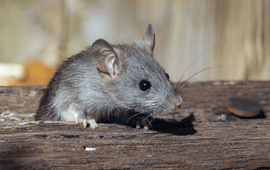
Rats have become a significant issue for the Dutch Caribbean islands. In addition to being disease vectors, these island invaders can also dramatically upset the delicate ecological balance on the islands by devouring bird eggs,..
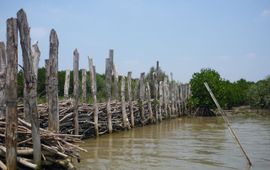
Along the northern coast of Java, Indonesia, relative sea level rises at an alarming rate due to land subsidence. This has tremendous effects on people and mangrove forests along the coast. Over the past four years Celine van..
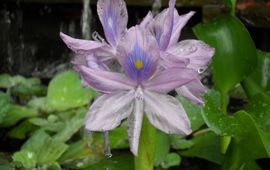
A free floating aquatic plant, water hyacinth, is becoming a significant issue for the islands of Aruba and Curaçao. This plant can negatively impact ecosystems by obstructing sunlight, depleting oxygen levels, disrupting water..
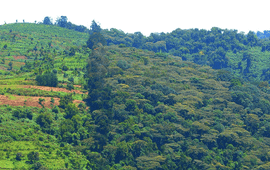
Tropical mammals living inside protected areas are affected by human activity, even when this activity occurs outside of the protected range. That is the conclusion of a new, international study across 16 tropical forests. ..
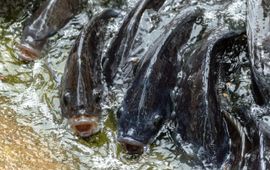
Tilapia, a freshwater fish originally from Africa, introduced to the islands of Aruba, Curacao and St. Maarten, has managed to rapidly reproduce and dominate the local fresh and brackish water habitats on the islands. These fish..
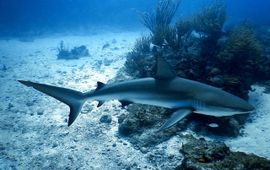
According to a new study published in Science last week, reef sharks are facing extinction due to overfishing. The five main species that live on coral reefs have declined rapidly. Protected areas and fisheries management are the..
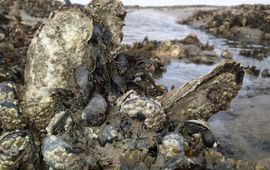
Plants or animals brought into nature - accidentally or on purpose - from distant lands can cause major problems. Such exotic species are therefore seen in a negative light, especially when they are also 'invasive' and push out..
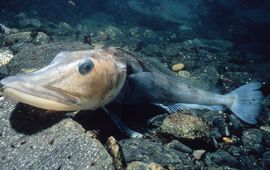
An international team of biologists has sequenced the genomes of 24 Antarctic fish species to investigate how they survive the extreme cold. This work enables our study of how these organisms survive in the subzero Southern Ocean..
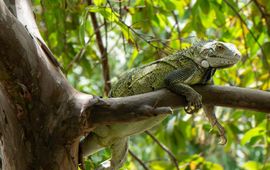
Florida is a hotspot for non-native species including many reptiles, which are spreading unchecked to the Caribbean. The Peters’s rock agama, a lizard native to sub-Saharan Africa, is among the latest species to spread from..
